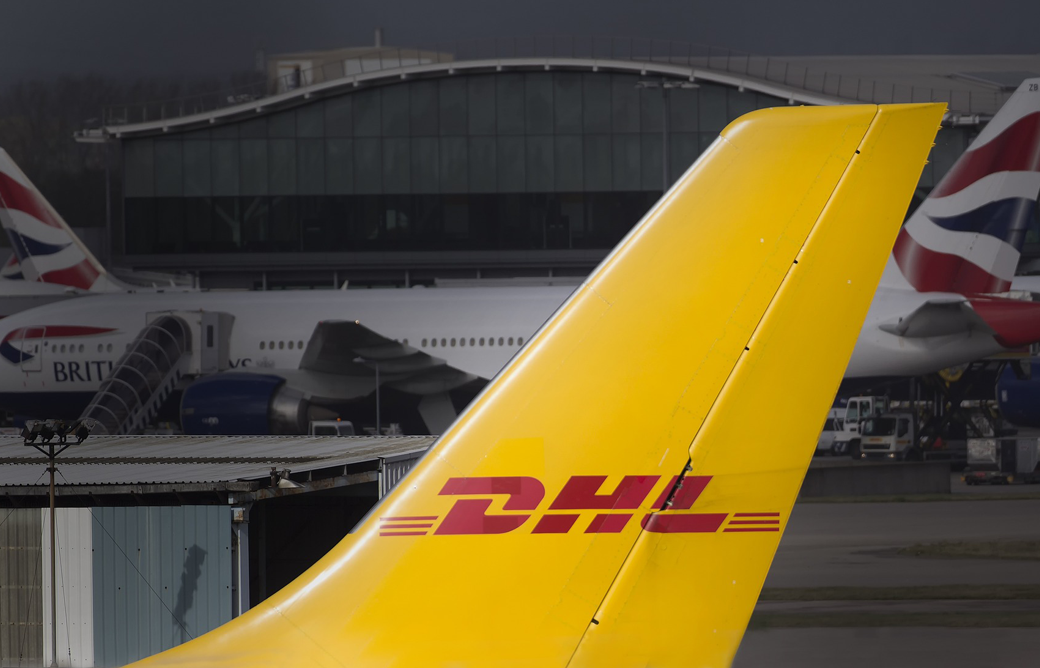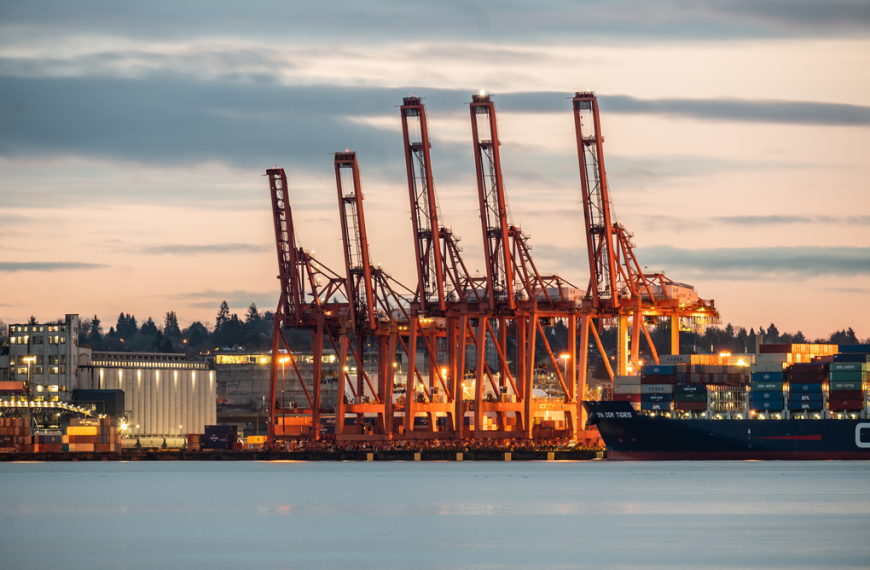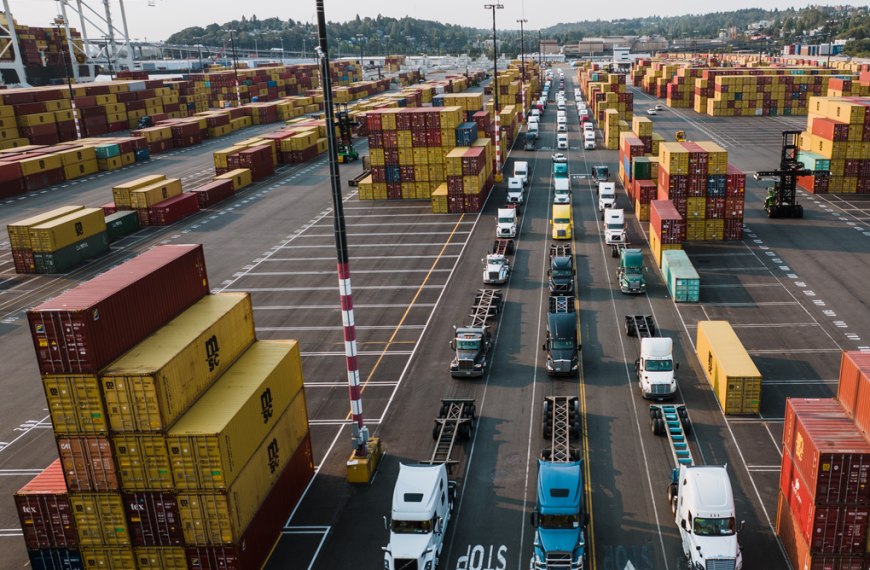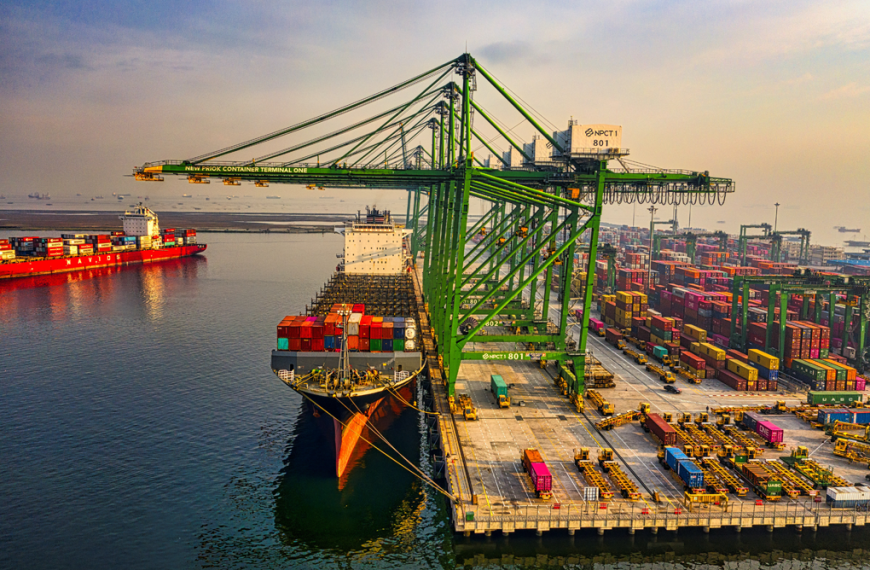Learn about the importance, operations, and best practices of Air Freight Logistics in this comprehensive guide. Get insights into the future outlook too.
Air Freight Logistics is an integral part of the global supply chain. It involves the transportation of goods by air from one place to another, and encompasses various processes and operations. In this article, we will provide a comprehensive guide to Air Freight Logistics, including its definition, importance, overview of the industry, operations, best practices, advantages, disadvantages, and future outlook.
- Definition of Air Freight Logistics
- Importance of Air Freight Logistics
- Overview of the Air Freight Industry
- Air Freight Logistics Operations
- Types of Air Freight Logistics Operations
- Roles and Responsibilities of Air Freight Logistics Professionals
- Factors Affecting Air Freight Logistics
- Air Freight Logistics Processes and Best Practices
- Frequently Asked Questions (FAQs)
- Related Articles
Definition of Air Freight Logistics
Air Freight Logistics is the process of planning, implementing, and controlling the movement of goods by air from one location to another. It includes various activities such as cargo booking, packaging, handling, and transportation, as well as customs clearance and documentation. The aim of Air Freight Logistics is to ensure the safe and timely delivery of goods to their intended destination.
Importance of Air Freight Logistics
Air Freight Logistics plays a crucial role in the global economy by facilitating international trade and commerce. It offers a fast and efficient mode of transportation for time-sensitive and high-value goods, such as pharmaceuticals, electronics, and perishable items. Air Freight Logistics also enables businesses to expand their reach to new markets and customers, and helps to minimize inventory costs and stock-outs.
Overview of the Air Freight Industry
The Air Freight industry is a dynamic and rapidly growing sector, driven by globalization, e-commerce, and technological advancements. According to the International Air Transport Association (IATA), the global air cargo market reached 61.2 million tonnes in 2020, despite the COVID-19 pandemic. The top players in the industry include FedEx, UPS, DHL, and Emirates SkyCargo, among others.
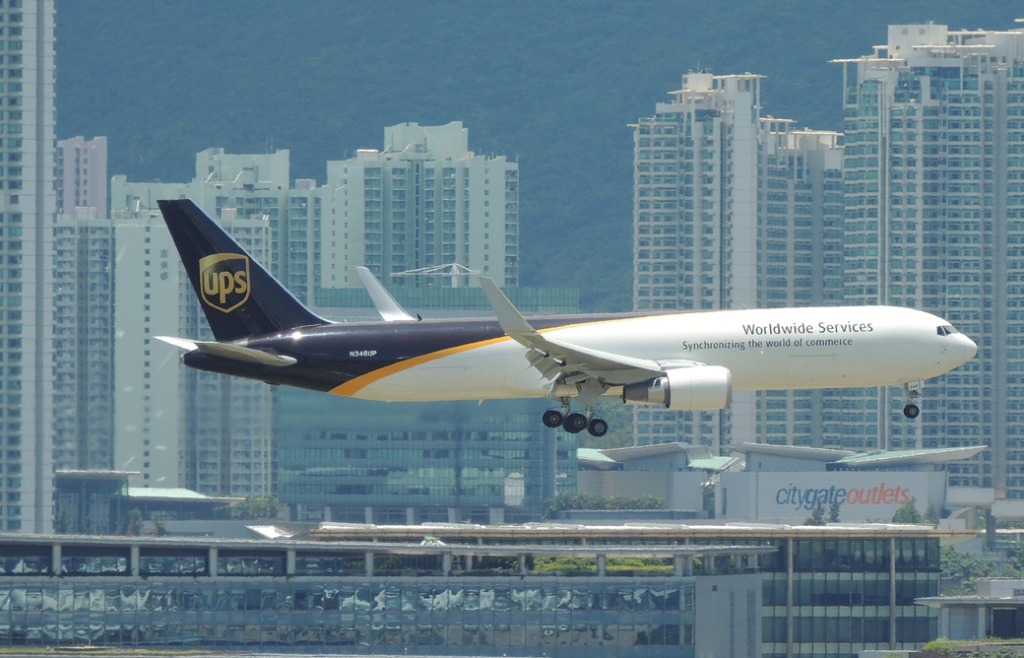
Air Freight Logistics Operations
Air Freight Logistics operations involve a range of activities that ensure the efficient movement of goods by air. These include:
- Cargo booking and reservation
- Cargo handling and packaging
- Customs clearance and documentation
- Transportation and delivery
- Warehousing and distribution
- Risk management and insurance
Types of Air Freight Logistics Operations
There are various types of Air Freight Logistics operations, depending on the nature and requirements of the goods being transported. These include:
- General Cargo: Non-specialized goods that are typically transported in standard containers or pallets.
- Special Cargo: Goods that require special handling or packaging, such as hazardous materials, live animals, or oversized items.
- Express Cargo: Time-sensitive goods that are shipped via express or priority services, such as documents, spare parts, or medical supplies.
- Charter Cargo: Goods that are transported via chartered aircraft, usually for large or urgent shipments.
Air Freight Logistics operations involve the transportation of goods via air cargo carriers. These operations are essential for businesses that require fast and efficient transportation of goods across the globe. There are various types of air freight logistics operations that cater to different business needs. In this article, we will discuss the most common types of air freight logistics operations.
1. Express Air Freight
Express air freight is used for time-sensitive and urgent shipments that require fast delivery. This type of air freight logistics operation is suitable for small and medium-sized shipments that need to be delivered within a short period.
2. Consolidated Air Freight
Consolidated air freight is a cost-effective option for businesses that have smaller shipments and want to save on shipping costs. In this type of air freight logistics operation, several smaller shipments are combined into one large shipment for transport.
3. Full-Charter Air Freight
Full-charter air freight is suitable for businesses that need to transport large quantities of goods. In this type of air freight logistics operation, a cargo aircraft is chartered exclusively for the transportation of a single shipment.
4. Door-to-Door Air Freight
Door-to-door air freight is a convenient option for businesses that require end-to-end delivery of their goods. In this type of air freight logistics operation, the goods are collected from the sender’s location and delivered directly to the recipient’s doorstep.
5. Temperature-Controlled Air Freight
Temperature-controlled air freight is used for the transportation of goods that require specific temperature conditions. This type of air freight logistics operation is commonly used in the pharmaceutical and food industries.
| Type of Operation | Description |
|---|---|
| Express Air Freight | High-priority, time-sensitive shipments requiring rapid transportation via dedicated airfreight carriers |
| Standard Air Freight | Cost-effective option for shipping medium to large volumes of goods via commercial airlines |
| Consolidation | Combining multiple shipments from different shippers to create a full load, reducing costs and increasing efficiency |
| Charter Air Freight | Renting an entire aircraft for the exclusive use of one shipper or consignee, typically for oversized or urgent shipments |
| Hand Carry | Escorting critical or sensitive goods by hand, often with armed guards, to ensure secure and timely delivery |
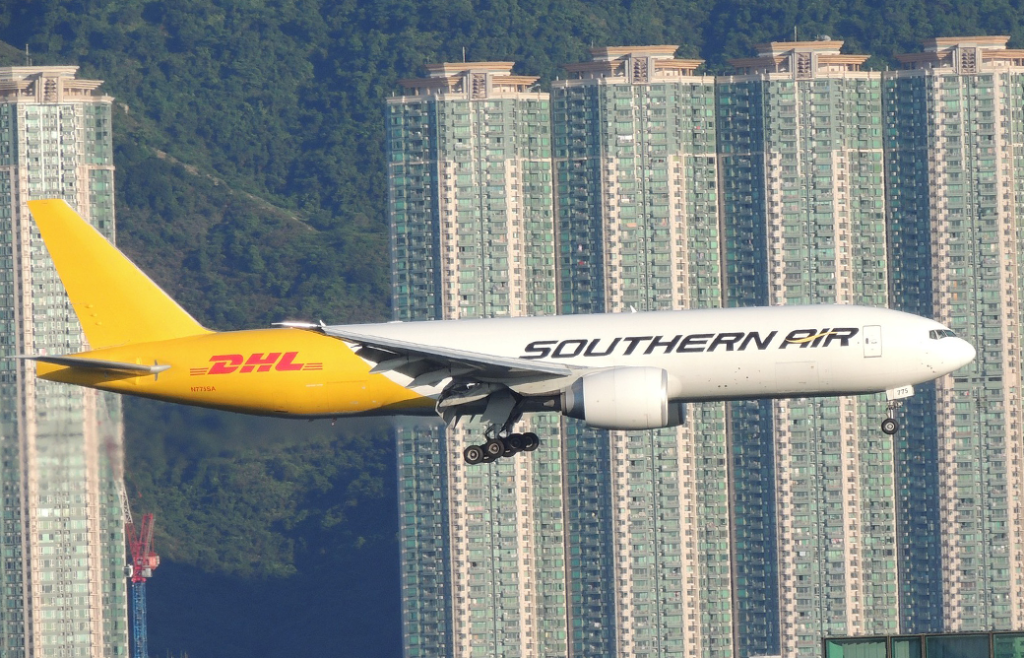
Conclusion
In conclusion, air freight logistics operations provide a fast and efficient means of transporting goods across the globe. The type of air freight logistics operation that a business chooses depends on their shipment’s size, urgency, and specific requirements. By understanding the different types of air freight logistics operations, businesses can make informed decisions about their shipping needs.
Roles and Responsibilities of Air Freight Logistics Professionals
Air Freight Logistics professionals play a crucial role in ensuring the smooth and efficient operation of the air cargo supply chain. Their responsibilities include:
- Cargo planning and scheduling
- Cargo tracking and monitoring
- Documentation and compliance
- Customer service and communication
- Risk management and contingency planning
Air freight logistics professionals play a critical role in the transportation of goods by air, ensuring that shipments are delivered on time and in good condition. Here are some of the key roles and responsibilities of air freight logistics professionals:
Roles of Air Freight Logistics Professionals
- Air Freight Operations Manager: responsible for overseeing the entire air freight logistics process, from coordinating with customers to ensuring timely delivery of goods.
- Air Freight Operations Supervisor: responsible for managing day-to-day operations, coordinating with airlines and customs officials, and ensuring that all shipments are processed accurately and efficiently.
- Air Freight Cargo Handler: responsible for loading and unloading cargo from aircraft, ensuring that it is properly secured and transported to its destination.
- Air Freight Customs Broker: responsible for ensuring that all necessary customs documentation is prepared and filed correctly, in compliance with regulations.
- Air Freight Sales Manager: responsible for identifying new business opportunities and developing relationships with customers.
Responsibilities of Air Freight Logistics Professionals
- Freight Rate Negotiation: air freight logistics professionals are responsible for negotiating rates with airlines and other freight carriers to ensure the best possible prices for customers.
- Shipment Tracking and Monitoring: air freight logistics professionals must track and monitor shipments throughout the entire transportation process, providing regular updates to customers on the status of their goods.
- Customs Compliance: air freight logistics professionals must ensure that all shipments comply with relevant customs regulations, and prepare and file all necessary customs documentation.
- Risk Management: air freight logistics professionals must identify and manage potential risks associated with the transportation of goods, such as damage or loss of cargo, and implement measures to mitigate those risks.
- Customer Service: air freight logistics professionals must provide excellent customer service, responding promptly and professionally to customer inquiries and concerns.
Air freight logistics professionals are essential to the smooth and efficient transportation of goods by air. They play a vital role in ensuring that goods are delivered on time and in good condition, and that customers are satisfied with the service they receive.

Factors Affecting Air Freight Logistics
Several factors can affect the efficiency and cost-effectiveness of Air Freight Logistics operations. These include:
- Transportation costs and capacity
- Security and safety regulations
- Customs procedures and documentation requirements
- Weather conditions and natural disasters
- Political and economic stability
Air Freight Logistics Processes and Best Practices
To ensure the success of Air Freight Logistics operations, it is important to follow best practices and optimize the logistics processes. Some of the key processes and best practices include:
- Proper packaging and labeling of goods
- Efficient cargo handling and loading
- Real-time cargo tracking and monitoring
- Electronic documentation and compliance
- Collaborative planning and communication with stakeholders
- Continuous improvement and innovation
Air freight logistics is an essential part of the global supply chain, and the processes involved in moving goods via air transportation can be complex. However, with proper planning and implementation of best practices, air freight logistics can be made more efficient and cost-effective. In this article, we will discuss some of the key processes and best practices involved in air freight logistics.
Air Freight Logistics Processes
Booking
Booking is the first step in the air freight logistics process. The shipper must provide accurate and detailed information regarding the cargo, including the weight, dimensions, origin, and destination. The freight forwarder then uses this information to determine the most appropriate carrier, route, and pricing for the shipment.
Documentation
Documentation is crucial in air freight logistics to ensure compliance with regulations and prevent delays. The required documentation includes the air waybill, commercial invoice, packing list, and any other necessary permits or certificates.
Customs Clearance
Customs clearance is the process of obtaining permission from the relevant authorities to import or export goods. Customs clearance involves submitting the necessary documentation and paying any applicable fees and taxes.
Transportation
Transportation involves moving the cargo from the origin to the destination. This includes loading and unloading the cargo, as well as handling any necessary customs inspections or other regulatory requirements.
Delivery
Delivery is the final step in the air freight logistics process. The cargo is delivered to the consignee at the destination, and the necessary paperwork is completed to confirm delivery and release the cargo.
| Air Freight Logistics Processes | Description |
|---|---|
| Freight Booking | Process of reserving space for goods to be transported by air. |
| Customs Clearance | Process of obtaining authorization from customs officials to import or export goods. |
| Freight Consolidation | Process of combining multiple shipments into a single shipment to reduce shipping costs. |
| Packaging and Labeling | Process of preparing goods for transportation by air, including proper packaging and labeling. |
| Freight Handling | Process of loading and unloading goods onto and off of aircrafts, ensuring proper handling and care. |
| Document Preparation | Process of preparing all necessary paperwork for air freight shipments, including bills of lading and air waybills. |
| Transportation | Process of physically moving goods from one location to another by air. |
| Delivery | Process of delivering goods to their final destination, including coordination with local carriers and customs officials. |
Best Practices in Air Freight Logistics
Proper Packaging
Proper packaging is essential in air freight logistics to ensure the safety and integrity of the cargo during transportation. The packaging should be suitable for the type of cargo being transported and should comply with any regulatory requirements.
Efficient Communication
Efficient communication between all parties involved in the air freight logistics process is crucial to prevent delays and ensure timely delivery. This includes clear and accurate communication of the cargo details, as well as any changes to the shipment.
Strategic Planning
Strategic planning involves optimizing the air freight logistics process to minimize costs and improve efficiency. This includes choosing the most appropriate carrier, route, and pricing for the shipment, as well as minimizing the time and cost of customs clearance.
Compliance with Regulations
Compliance with regulations is essential in air freight logistics to prevent delays and avoid penalties. This includes ensuring that all necessary documentation is accurate and complete, and that the cargo complies with any relevant regulations or restrictions.
Continuous Improvement
Continuous improvement involves regularly reviewing and analyzing the air freight logistics process to identify areas for improvement. This includes tracking key performance indicators and implementing changes to optimize the process.
| Best Practices in Air Freight Logistics | Brief Description |
|---|---|
| Use of Technology | Incorporating technology to improve accuracy, reduce manual errors and increase efficiency |
| Proper Documentation | Maintaining accurate documentation and adhering to international regulations |
| Collaboration with Airlines and Customs Officials | Collaborating with airlines and customs officials to ensure smooth and timely delivery of goods |
| Effective Communication | Establishing clear communication channels between all parties involved in the logistics process |
| Proper Packaging | Ensuring proper packaging and labeling of goods to prevent damage and delays |
| Risk Management | Implementing strategies to mitigate risks such as theft, damage or loss of goods |
| Efficient Warehouse Management | Optimizing warehouse operations to reduce handling time and ensure timely delivery |
| Continuous Improvement | Continuously monitoring and improving the logistics process to enhance customer satisfaction and increase profitability. |
In conclusion, air freight logistics involves several complex processes, but by implementing best practices such as proper packaging, efficient communication, strategic planning, compliance with regulations, and continuous improvement, the process can be made more efficient and cost-effective.
Factors Affecting Air Freight Logistics
Several factors can affect the air freight logistics process, including:
- Weather conditions: Bad weather can affect the safety and efficiency of air freight logistics operations. It can lead to flight delays, cancellations, and rerouting.
- Capacity and demand: The capacity and demand for air freight logistics services can affect the cost and availability of air freight services.
- Regulations: Regulations and policies such as customs clearance, security measures, and trade agreements can affect air freight logistics operations.
- Infrastructure and technology: The quality and availability of infrastructure and technology, such as airports, handling facilities, and transportation systems, can impact air freight logistics operations.
- Supply chain disruptions: Supply chain disruptions, such as natural disasters, political instability, or economic changes, can affect the air freight logistics process.
Air Freight Logistics Processes and Best Practices
Air freight logistics operations involve various processes, including:
- Booking and documentation: The initial step is to book the air freight logistics service and prepare the necessary documentation, such as air waybills, invoices, and customs declarations.
- Cargo handling and transportation: Cargo is transported to the airport, where it is inspected, packaged, and loaded onto the aircraft.
- Airline handling: The airline takes responsibility for the shipment once it is on board. They are responsible for ensuring the cargo’s safety and compliance with regulations during the flight.
- Customs clearance: Once the shipment arrives at its destination, it must go through customs clearance. This involves inspection, assessment of duties and taxes, and the release of the cargo.
- Delivery: The final step is the delivery of the cargo to the consignee.
Best practices in air freight logistics include:
- Efficient coordination: Efficient coordination among all parties involved in the air freight logistics process, including shippers, airlines, and customs officials, is essential to ensure smooth and timely operations.
- Proper packaging and labeling: Proper packaging and labeling of cargo is essential to ensure the safety and security of the shipment during transportation and handling.
- Effective communication: Effective communication among all parties involved in the air freight logistics process, including shippers, airlines, and customs officials, is crucial to avoid delays and errors.
- Continuous improvement: Continuous improvement of processes and technology can help to increase efficiency, reduce costs, and improve the overall quality of air freight logistics services.
Advantages of Air Freight Logistics
Air freight logistics has several advantages over other modes of transportation, including:
- Speed: Air freight logistics is the fastest mode of transportation, making it ideal for time-sensitive and perishable goods.
- Reliability: Air freight logistics is generally more reliable than other modes of transportation due to fewer disruptions and more frequent flights.
- Global reach: Air freight logistics allows for the transportation of goods to any part of the world, with direct or indirect flights available to most destinations.
- Flexibility: Air freight logistics offers more flexibility in terms of shipment size, weight, and volume than other modes of transportation.
| Advantage | Brief Description |
|---|---|
| Speed | Air freight is the fastest mode of transportation, allowing for timely delivery of goods. |
| Global Reach | Air freight allows for the transportation of goods to nearly any destination around the world. |
| Security | Air freight offers high levels of security and tracking, reducing the risk of loss or damage. |
| Capacity | Air freight has a high capacity for cargo, allowing for larger shipments and more efficient logistics. |
| Accessibility | Airports are located in major cities and provide easy access for freight transportation, even to remote areas. |
Disadvantages of Air Freight Logistics
Despite its advantages, air freight logistics also has some disadvantages, including:
- Higher costs: Air freight logistics is generally more expensive than other modes of transportation due to higher fuel costs, handling fees, and other expenses.
- Limited capacity: Air freight logistics has limited capacity compared to other modes of transportation, which can result in higher costs during peak seasons or high demand periods.
- Environmental impact: Air freight logistics has a significant environmental impact due to high fuel consumption and greenhouse gas emissions.
| Disadvantages of Air Freight Logistics | Brief Description |
|---|---|
| Cost | Air freight logistics can be expensive, especially for smaller shipments or those with a low value-to-weight ratio. |
| Limited Accessibility | Airports and cargo facilities are not always easily accessible, leading to higher transportation costs for inland locations. |
| Capacity Constraints | Air freight capacity is limited, leading to potential delays and higher prices during peak shipping seasons. |
| Security Concerns | Due to the potential risks of terrorism and other security threats, air freight logistics face stricter security measures and screening processes. |
| Environmental Impact | Air freight logistics contribute to greenhouse gas emissions and climate change, which is a growing concern for many companies and consumers. |
Future Outlook of Air Freight Logistics
The air freight logistics industry is expected to continue growing in the coming years, driven by increasing global trade and e-commerce. To meet the growing demand for air freight
Frequently Asked Questions (FAQs)
What are the 4 types of air freight?
The 4 types of air freight are general cargo, express delivery, special cargo, and dangerous goods. Each type has specific regulations and requirements for shipment.
What is air freight process?
The air freight process involves several steps, including the booking of cargo, preparation of shipment documents, packaging and labeling, cargo inspection, and loading onto the aircraft. Once the aircraft lands, the cargo is unloaded and undergoes customs clearance.
What is the difference between air cargo and air freight?
Air cargo refers to the goods being shipped, while air freight refers to the transportation of those goods by air. Air cargo can be transported by passenger airlines or dedicated cargo airlines, while air freight is specifically for the transportation of cargo.
How is air freight transported?
Air freight is transported by airplanes, either on dedicated cargo planes or on passenger planes that have space for cargo. The cargo is loaded into containers or onto pallets and secured in the cargo hold of the plane. Some larger cargo may also be loaded onto the main deck of the plane.

